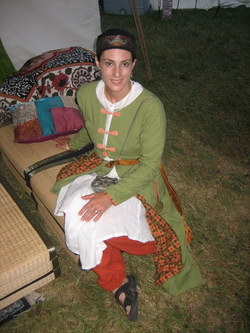
The friend from Adria was more experienced at medieval sewing than I was at the time and I told her I was very excited about going to events and making costumes. She looked appalled when I made that statement and told me in now uncertain terms that we wear "garb" and not "costumes". Garb, she said, is clothes people wore; costumes are playing dress-up.
Given that I was still enamored at the time with buying yards and yards of tacky trim (and note that this friend was as well), the distinction between the two was not yet clear in my mind.
It was a decade later, when my boyfriend ordered a giant quantity of linen, in many colors and several weights, that I finally started to understand what made some of the simplest garb stand out. At his request, I made 8 tunics in mid-weight linen, 8 undertunics in light linen and 8 pairs of linen pants. They were all cut using rectangular construction techniques and were completely unadorned. We were walking about at Pennsic one day and came upon a group of his friends. One of the guys commented that he liked his garb a lot, but that it did not look like garb, this friend joked, it looked like clothes.
Exactly.
Of course, this is the SCA, so costume garb is perfectly ok (and quite often, these items are also perfectly beautiful). Many individuals are into research and who view this as an opportunity to recreate history often aim to produce garments that reflect what common individuals wore during these earlier times. They recreate the day-to-day garments, clothes rather than costumes. These items stand out for their simplicity and functionality in a way that the most heavily beaded and trim laden gown cannot. They look real.
In reality, getting to this point is often a mental process. Early on, most of us are drawn to the miles and miles of colorful trim sold by SCA merchants. We want to slap it on everything and "peacock" ourselves (thanks to folks from one of the Viking forums for the rather appropriate peacock term). Eventually, those interested in really understanding the history behind clothes start to see past the glitter and look to recreating, rather than re-imagining, the past.
How do you start to make medieval clothes rather than costumes? Research! :-) Look at paintings for later period items. Look at sculptures. Look at archeological finds to see how those items were actually put-together and decorated.
You can also carefully consider your choices in fabric - would linen or wool twill be better than a modernly patterned brocade? Consider more realistic trimming options. In period, the creation of decorative bands was very labor intensive. Would one really have worn them to work in the market or even manage the home? Perhaps there are other, simpler, ways to embellish your garb that would be more suitable. (For example, a simple strip of silk fabric as trim at the top of a Viking aprondress is more period than a wide row of purchased metallic Celtic knotwork trim.)
And look around the work of others. You will find some lovely things at events and online. Some things I have seen recently that I love are below. There are so many more, you just need to poke around a bit to find them!
- 16th C. German & Elizabethan Costuming by Amie Sparrow
- There are some lovely re-creations on Kostym.cz (I really love the German Lady, the Red Cotehardie, the Brown Peasant, Durer Dress, Kampfrau, and the Fortune Teller): http://www.kostym.cz/Anglicky/VIII_01_01.htm
- Often living history groups have strict standards for what can and cannot wear to events and they produce some lovely items (particularly those in Europe). There are some nice examples on this site: http://www.fletcherey-hammelbacher.de/6.html
- This one is the gallery of a photographer that has some amazing images, a few of which are of people in lovely medieval dress: http://alcove.deviantart.com/gallery/
- Most of the dresses in these links are not workclothes, but they are lovely reproductions that are not over-wrought. I particularly love Anea's dress: http://realmofvenus.renaissanceitaly.net/yourgarb/showcase.htm
- And this lady has some lovely garb, particularly her houppeland with ruffled veil! https://www.facebook.com/pages/Elisas-Endeavors/388450527889191?id=388450527889191&sk=photos_stream
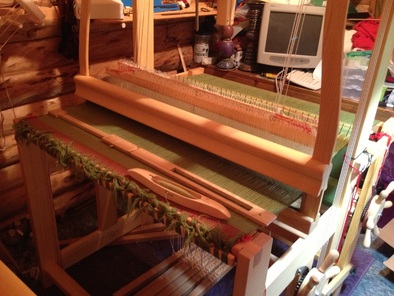
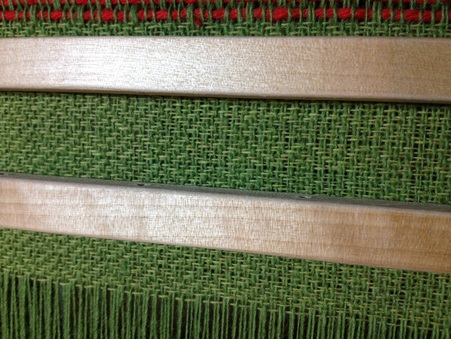
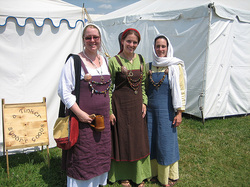
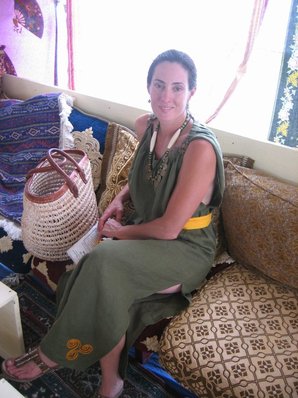
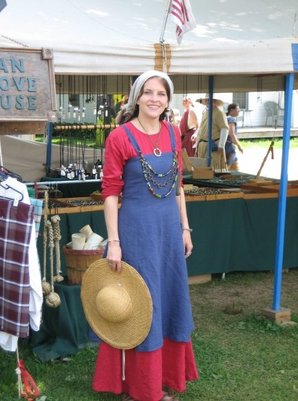
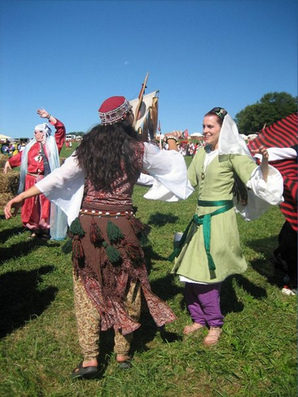
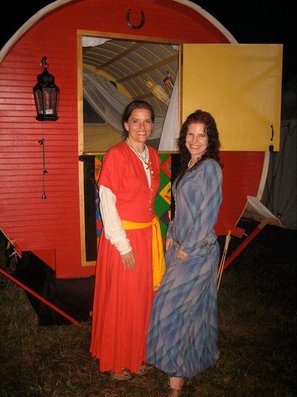
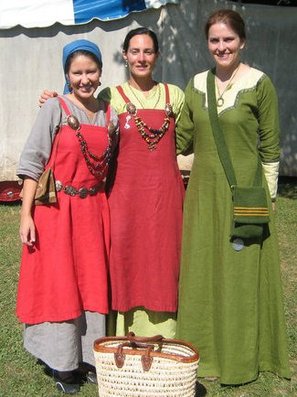
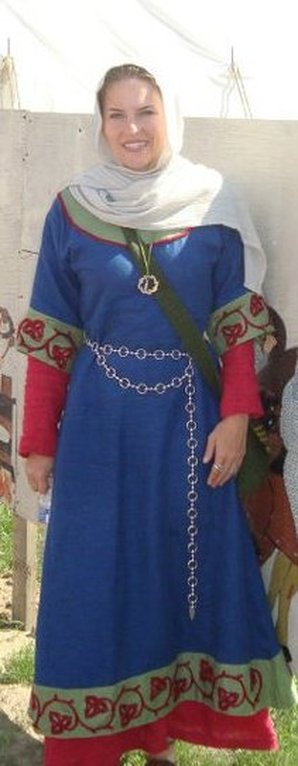
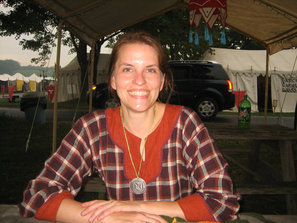
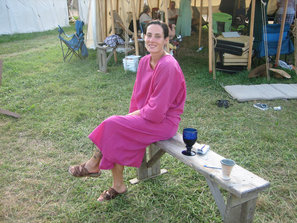

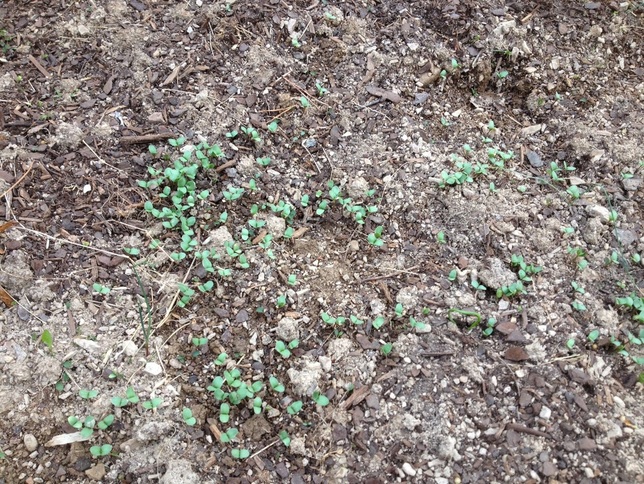
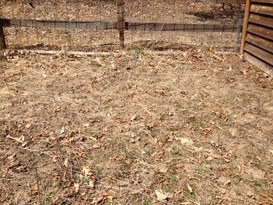
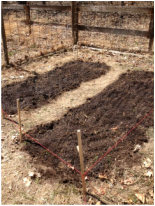
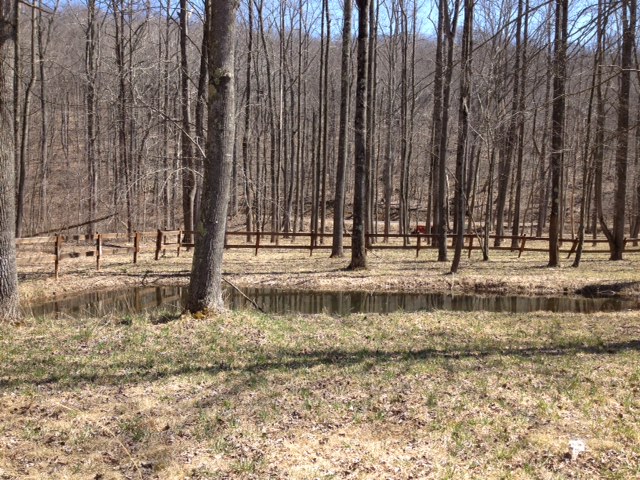
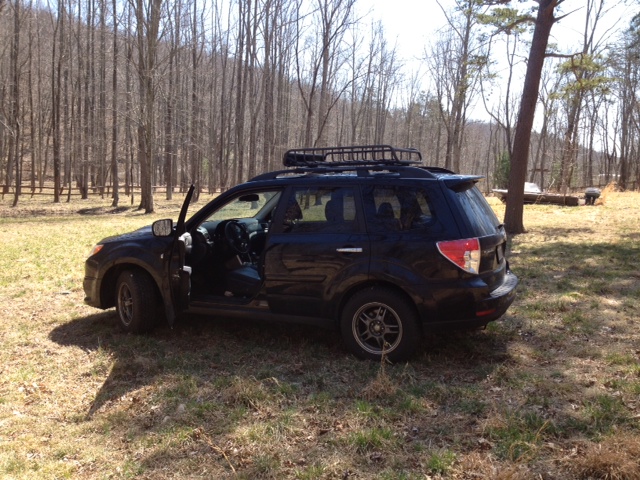
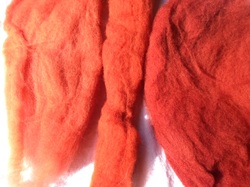
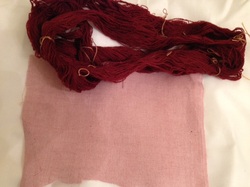
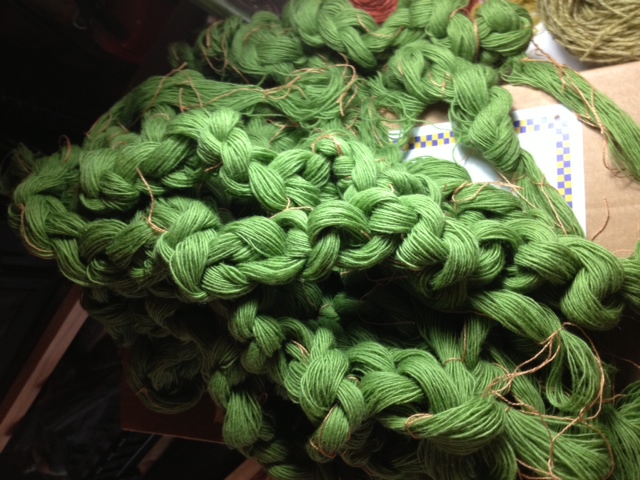
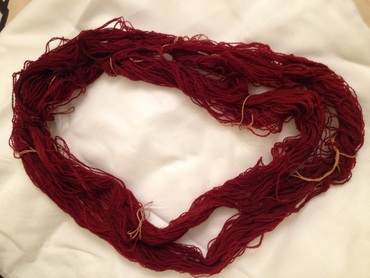
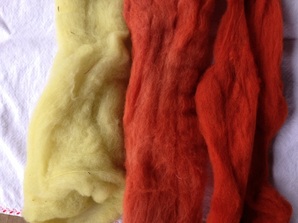
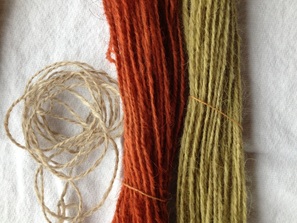
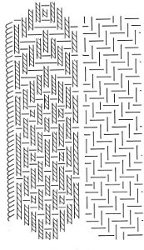
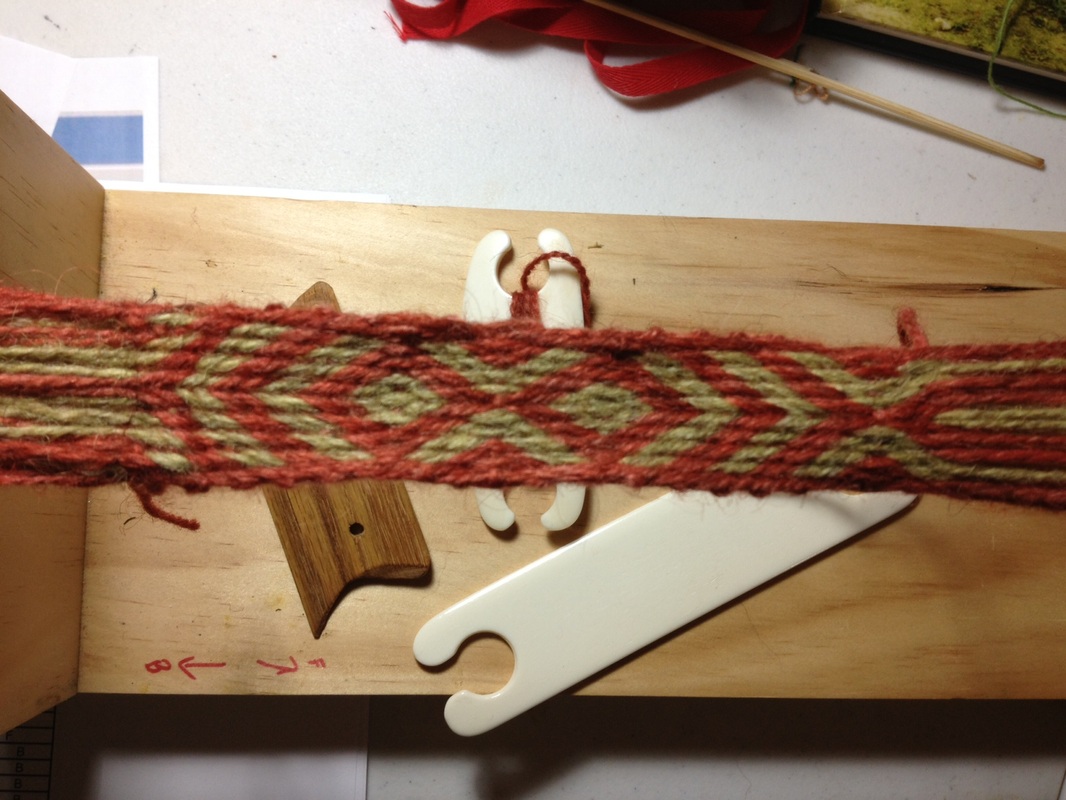
 RSS Feed
RSS Feed